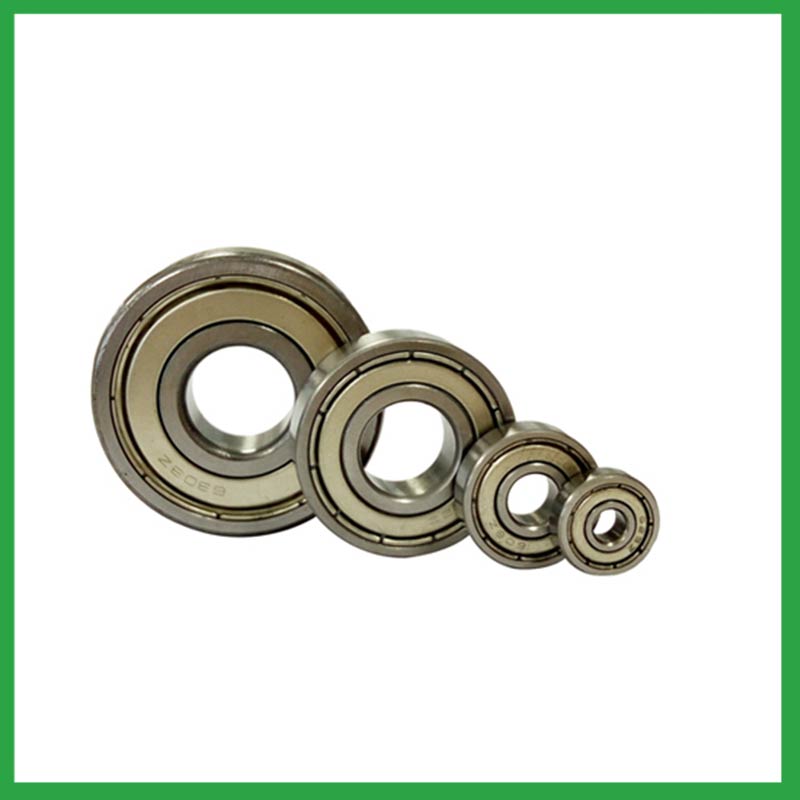PRODUCTS
CONTACT US
Ningbo Nide International Co., Ltd.
一一
· Contact person:Jack Zeng
· Mob/Whatspp/WeChat:0086-13738869026
· Email:emarketing@nide-group.com;marketing4@nide-group.com
· Add:No. 169, Wohushan Road, Daqi Subdistrict, Beilun District, Ningbo, China

Nide team could manufacture ball bearing as per customer’s drawing and samples.
If customer only has samples, we could also design drawing fo r our customer.
We also provide customized service.
Our ball bearing is widely applied the different industrials.
Haishu Nide International Co., Ltd is located in Ningbo, Zhejiang Province. Established in 2010, it is a rapidly growing international enterprise. With advanced industrial hubs, complete supply chains, and convenient transportation advantages, combined with a professional team with rich experience in motor manufacturing, we specialize in exporting various bearings to various parts of the world. Our factory has advanced production equipment and testing instruments to ensure that all goods are perfect when received by our customers.
We adhere to strict quality control principles and excellent service. Our main products include carbon brush,fan,magnet,insulation paper,thermal protector,motor cover and lamination, etc. Our products are widely used in fields such as servo motor,air condition motor,fan motor,compress motor,electric bicycle motor,washing machine motor,BLDC motor,electric automotive motor. With the rapid development of the company, we have gained a good reputation and established long-term business relationships with many customers. So far, Nide has provided products to customers in over 50 countries.
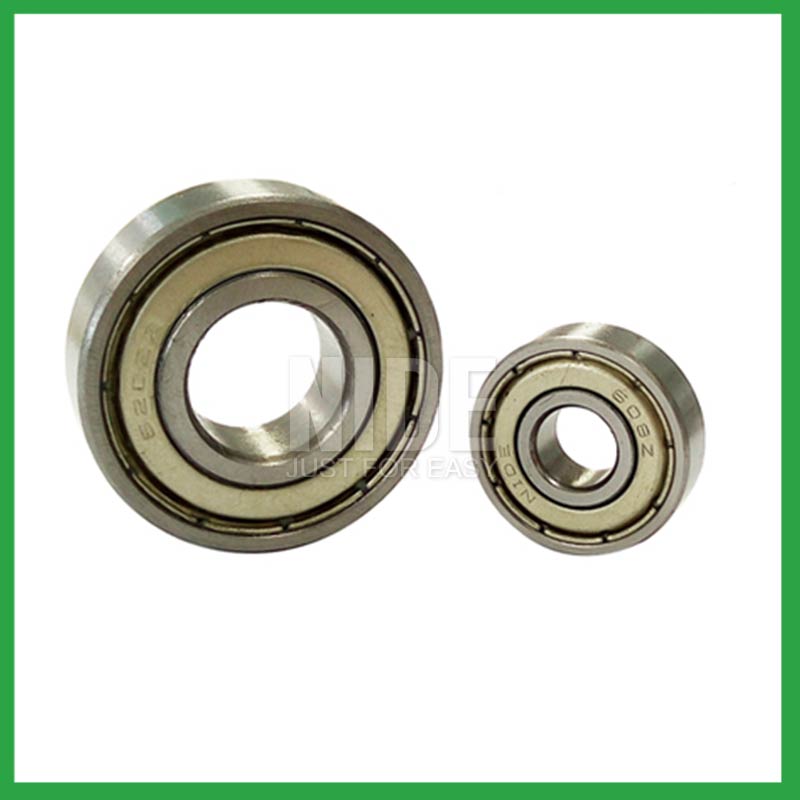
| Parameter | Information |
| Product Name | ball bearing race |
| Place of Origin | Ningbo,Zhejiang |
| Brand Name | Nide |
| Material | stainless steel, etc. |
| Type | Ball |
| Warranty | 3months-1year |
| Port | Ningbo/Shanghai |
| Application | textile machinery, etc. |
| Size(mm) | customize |
| Color | Silver gray+customized |
| Precision Rating | as per customer's requirement |
| Certification | ISO 9001 Certification,CE-stator coil winding inserting machine,CE-insulation paper inserting machine,etc |
| Feature | High precision,Good wear resistance...etc |
| Packaging Details | Suitable for sea transportation |
| Service | one-stop service |
| Model Number | ball bearing |
| Supply Ability | 100000-500000 Piece/Pieces per Month |
| Lead time (days) | 15-20 (To be negotiated) |
Please note: The above table data is for reference only. For specific information, please contact us.
ball bearing race require thrust for installation, which can be achieved by using a combination ring made of steel sleeve and transmission rubber, or by using an adjustment plate to tighten the bolt to form a combination ring installation structure.
Before use, the model, size, and design of the ball bearing should be confirmed to ensure suitable application;
During installation, the installation load of the ball bearing should be minimized as much as possible to avoid unnecessary damage;
The bearing shaft and the bearing frame should be stable at the same time to avoid excessive tension.
Ball bearings have many advantages, making them highly competitive in the market.
Firstly, they are very durable and have good wear performance, making their service life longer than many other types of bearings.
Secondly, they are easy to install and can provide low friction performance in various applications.
Thirdly, they require a relatively low level of maintenance, making them cost-effective.
In addition, compared to many other types of bearings, their purchase cost is relatively low, making them an economical choice.




ball bearing race---FAQs Guide
2.What are the considerations for selecting sealed or shielded ball bearing race to protect against contamination and retain lubrication?
3.About ball bearing race,Can I add my own logo?
4.How do different ball bearing race designs, such as deep groove, angular contact, or thrust bearings, cater to specific applications?
5.Are there ongoing research and development efforts aimed at improving ball bearing race materials, designs, and lubrication techniques?
6.What are the considerations for choosing between open, shielded, or sealed ball bearing race in specific applications?
7.How do preloaded ball bearing race enhance rigidity and reduce clearance in high-precision applications?
8.What is the role of ball bearing race in reducing friction and wear in automotive applications, such as wheel hubs and transmissions?
9.What are the advancements and innovations in ball bearing race technology that have emerged in recent years?
10.How do cage materials and designs impact ball bearing race performance and stability?
11.What is the role of ball bearing race in reducing friction and energy loss in rotating machinery?
12.What is the production capacity of the factory for ball bearing race?
13.Can ball bearing race operate in high-speed applications, and what design features make them suitable for such conditions?
14.What is a ball bearing?
15.Can ball bearing race operate in high-temperature environments like industrial ovens or furnaces, and how are they protected from heat-related damage?
1.Where can ball bearing race be used?
ball bearing race are very versatile. They can be designed to withstand radial loads, axial loads and combined radial/axial loads at various operating speeds. These characteristics, combined with the relative cost and compactness of the design, give it universal appeal within the industry. Ball bearings are widely used in electric motors, gear reducers and pumps. Serving the automotive, home appliances, aerospace, oil and gas drilling, and mining sectors.
2.What are the considerations for selecting sealed or shielded ball bearing race to protect against contamination and retain lubrication?
First, the environment in which your ball bearing race operate in can help you identify potential contaminants, allowing you to select your shields or seals accordingly. For example, shielded bearings have a gap that can allow finer contaminants or water from washdown applications to enter the bearing and get into the raceways.The challenge for sealing bearings is to seal the bearing by protecting the bearing from contaminants and running efficiencies.
3.About ball bearing race,Can I add my own logo?
Yes, you can add your logo on bearings and packing box. We supply OEM SERVICE including bearing's size, logo, packing, etc.
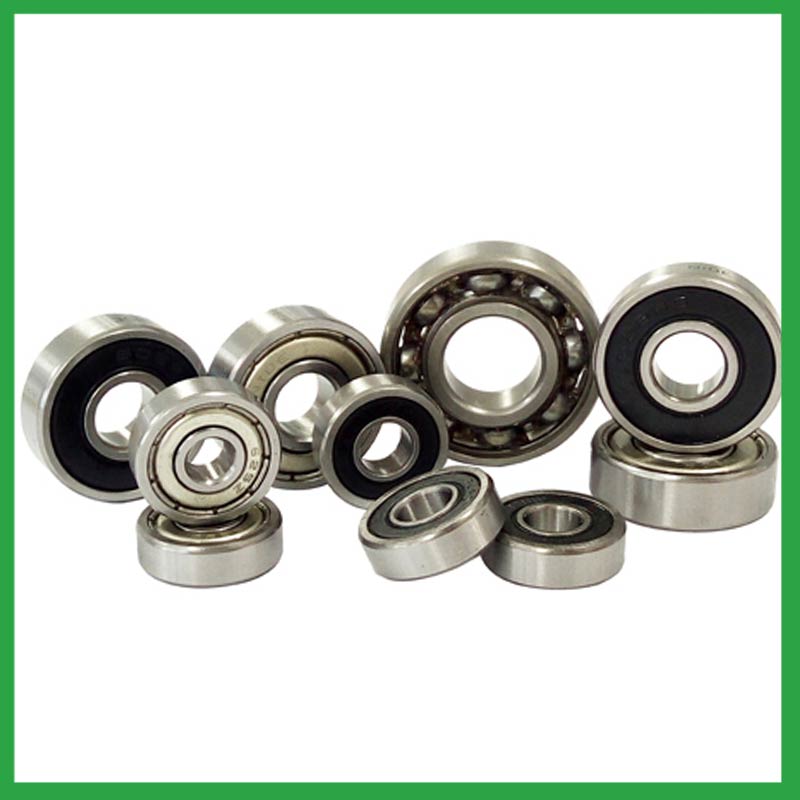
4.How do different ball bearing race designs, such as deep groove, angular contact, or thrust bearings, cater to specific applications?
Deep groove ball bearing race: Deep groove ball bearings are the most common type. They can handle both radial and axial loads. Angular contact ball bearings: Angular contact ball bearings have higher than average internal axial clearance. They can handle axial loads in one direction and moderate radial loads.
5.Are there ongoing research and development efforts aimed at improving ball bearing race materials, designs, and lubrication techniques?
A custom ball bearing race can satisfy almost any customer’s needs. Your application may need a needle roller or ball bearing, a radial or angular contact design, a plain carbon steel bearing with anti-corrosion coatings or stainless steel, a thrust bearing or a spherical bearing, tight or loose radial play, sealed or non-sealed designs
6.What are the considerations for choosing between open, shielded, or sealed ball bearing race in specific applications?
While sealed bearings offer superior protection and maintenance advantages, shielded ball bearing race can be more suitable in situations where minimal friction and operating temperature are crucial. It's essential to assess the operational environment and demands before making a selection.
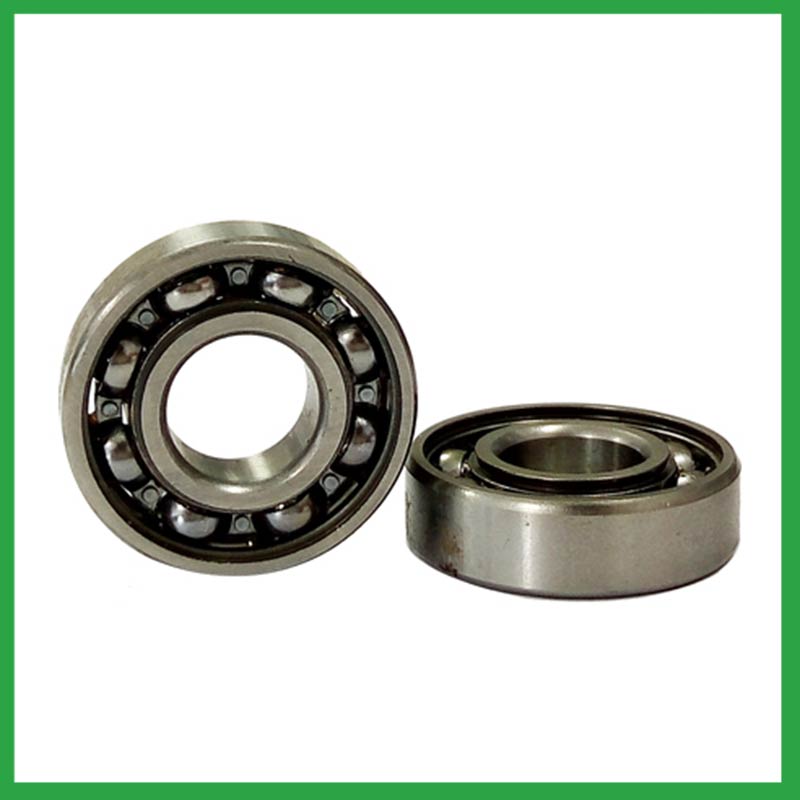
7.How do preloaded ball bearing race enhance rigidity and reduce clearance in high-precision applications?
Enhance Rigidity: By applying a controlled axial force, preload increases the bearing's resistance to external forces and moments. This heightened rigidity is essential in applications where any deflection or misalignment must be minimized, such as in machine tools or robotic systems.
8.What is the role of ball bearing race in reducing friction and wear in automotive applications, such as wheel hubs and transmissions?
When a load is applied to a ball bearing, the ball bearing race roll freely between the inner and outer rings. This rolling action significantly reduces friction compared to sliding contact, resulting in smoother rotation and reduced wear.
9.What are the advancements and innovations in ball bearing race technology that have emerged in recent years?
Significant advancements have been made in ball bearing race steels over the years. Modern, ultra-clean bearing steels contain fewer and smaller non-metallic particles, giving ball bearings greater resistance to contact fatigue.
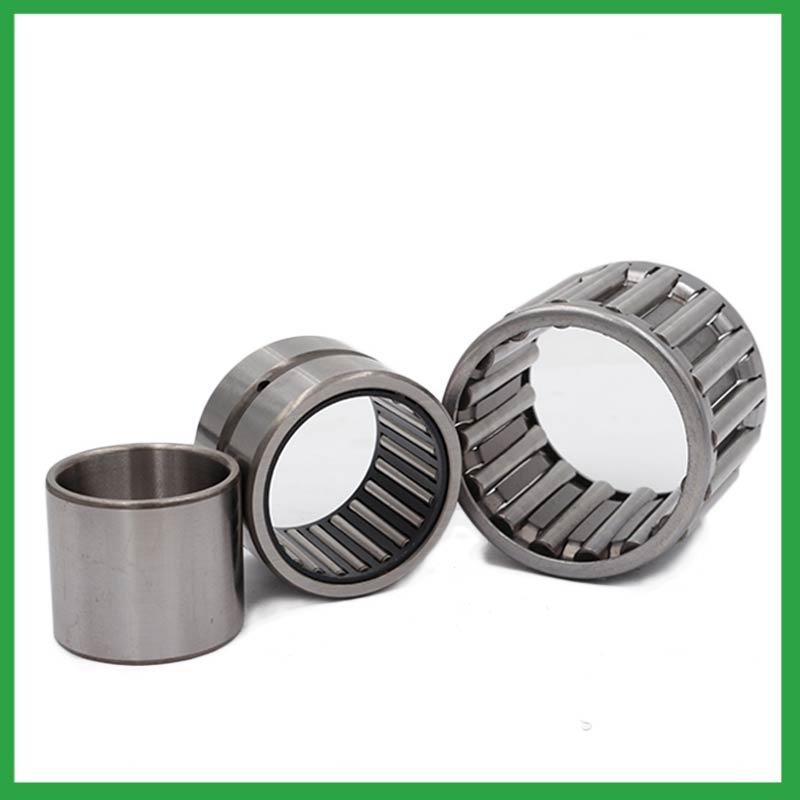
10.How do cage materials and designs impact ball bearing race performance and stability?
As the core component of rotating machinery, the performance and reliability of high-precision ball bearing race directly affect the overall performance and life of the machine and instrument . The increase of the rotational speed will aggravate the collision and friction of the cage, which will lead to the decrease of the rotational stability of the cage. The unstable movement of the cage could in turn lead to more severe collision and wear, thus reducing the life and reliability or even the destruction of the bearing.
Therefore, it is very necessary to study the cage stability to guarantee the stable operation of bearings. However, the dynamic characteristics of the cage is very complex. Parameters such as load, rotational speed and lubrication may affect its kinematic and tribological conditions, which leads to the change of its motion behavior.
11.What is the role of ball bearing race in reducing friction and energy loss in rotating machinery?
ball bearing race reduce friction by using smooth balls lubricated with oil or grease that freely roll between a smooth inner and outer surface. The main concept of the ball bearing is that objects that roll past each other produce less friction than if the objects were sliding against each other.
12.What is the production capacity of the factory for ball bearing race?
The production capacity of Ningbo Haishu Nide International is:50000000pcs/month
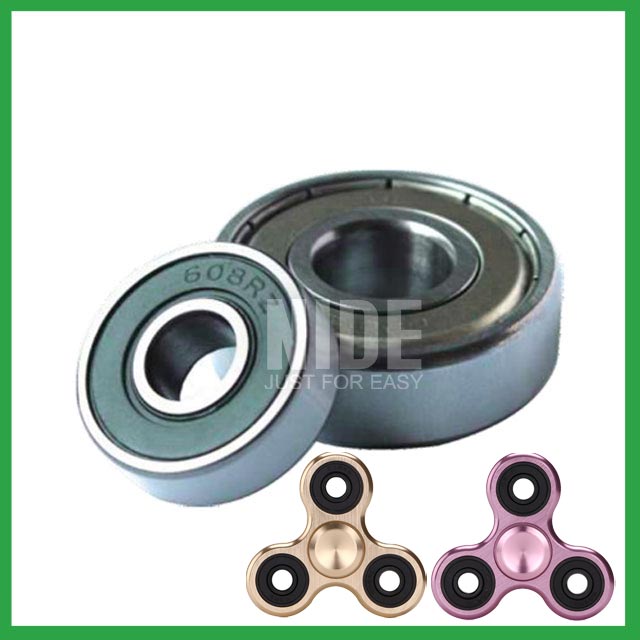
13.Can ball bearing race operate in high-speed applications, and what design features make them suitable for such conditions?
They have very low rolling friction and are optimized for low noise and low vibration. This makes them ideal for high-speed applications. ball bearing race are comparatively easy to install and require minimal maintenance.
14.What is a ball bearing?
A ball bearing is a type of rolling-element bearing that uses balls to maintain the separation between the bearing races.
The purpose of a ball bearing is to reduce rotational friction and support radial and axial loads. It achieves this by using at least two races to contain the balls and transmit the loads through the balls. In most applications, one race is stationary and the other is attached to the rotating assembly (e.g., a hub or shaft). As one of the bearing races rotates it causes the balls to rotate as well. Because the balls are rolling they have a much lower coefficient of friction than if two flat surfaces were sliding against each other.
Ball bearings tend to have lower load capacity for their size than other kinds of rolling-element bearings due to the smaller contact area between the balls and races. However, they can tolerate some misalignment of the inner and outer races.
15.Can ball bearing race operate in high-temperature environments like industrial ovens or furnaces, and how are they protected from heat-related damage?
ball bearing race are capable of working at temperatures up to +842°F (+450 °C). Special lubricants, seals and coatings make this possible by protecting the ball bearings from heat damage.
